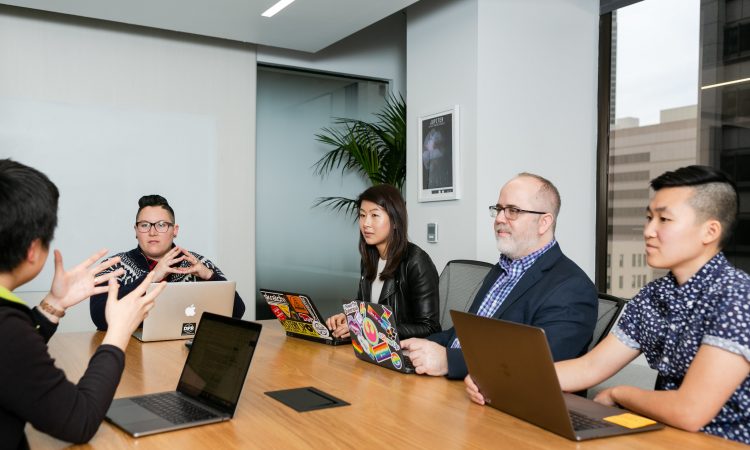“Students these days…”
This is a common lament of post-secondary career development practitioners as we try to figure out, how do we engage this generation of students? How do we prepare them for the world of work? How do we serve them based on their needs?
I have had the pleasure of working in the post-secondary career development field for the past seven years. When I started in the field, Generation Z had not yet started post-secondary. Career development practitioners were still focused on engaging millennials (a.k.a. Generation Y). You know the ones: entitled, unrealistic dreamers who were always on their phones and were in for a rude awakening when they made it to the workplace. I sat through a lot of conference presentations that could be summarized as such: discretely eating my avocado toast and hoping my pink hair wouldn’t give me away; I was (am) a millennial.
Here’s the thing: I firmly believe that generational differences exist. There is a multitude of research to back this up. My concern is that speaking about students solely from a generational perspective – aside from the potential to become a breeding ground for age-based stereotypes – distracts from other important aspects of their identity that contribute to barriers in employment.
Let’s talk about privilege
When we talk about “students these days,” what we need to remember is the student population today doesn’t look the way it did 20 years ago. Post-secondary institutions across Ontario have been taking great strides to increase access for people who previously did not have access to higher education. Groups such as students with disabilities, Indigenous students, racialized students, LGBTQ2+ students, students from lower socio-economic status and international students now make up a larger portion of our student body than ever before.
This is a good thing, as higher levels of education are associated with a higher long-term earning potential. Increasing access to post-secondary education is an important way to help increase equality in society. That said, access to post-secondary education alone will not serve to eliminate inequality.
Humans are complex, and so is society. There are systems in society that inherently benefit some types of people and oppress others. Very few people fall into the “totally privileged” category, but historically, access to post-secondary institutions was, and in many ways still is, restricted to people who have a certain amount of privilege. To pin the change of the student population primarily on generational differences runs the risk of missing some of these other important factors that contribute to differences in the current student population.

As practitioners, it is our responsibility to prepare students to navigate the world of work during and after school. In order to do this, we need to have an awareness and understanding of different forms of privilege. We need to be able to talk about these privileges and how they manifest, as well as how barriers can manifest for people who do not have certain privileges. These conversations can feel overwhelming, heavy and uncomfortable, particularly if our own positionality includes certain privileges.
Speaking about generation is easy. It seems, on the surface, to impact everyone the same. It also feels like it is a problem we can solve; we, the educators, can share our wisdom with “the youth,” which will help them learn how to be successful in the workplace. If students do not succeed, it is not because of society being unfair; it is because of their personal and generational traits.
Are we using generational conversations as a distraction from tougher conversations, and is it allowing us to ignore or avoid speaking about other barriers to employment? There is no way to know for sure, but self-reflection on the topic is a good place to start.
Here are some questions to ask ourselves as we have generational conversations:
- Is the information being stated about the current generation of students based on peer-reviewed, evidence-based research?
- If the source of the information is anecdotal, could there be other explanations about student identity such as race, culture or disability that also contribute to the observation?
- Are we equally addressing how parts of a student’s identity beyond their age (e.g. socioeconomic status, gender) could be affecting their career development?
- Is the conversation about generation constructive (for example, focusing on how to engage students of this generation), or is it judgmental (for example, stating that most students of this generation are lazy)?
It would also be a good idea for career development practitioners to do some research on privilege and reflect on their own positionality, particularly as it relates to the population they serve. Here are some resources to help you explore elements of this:
- The Centre for Social Justice – Provides a brief overview of Canadian social justice issues
- Talks to help you understand social justice – TED Talks on different elements of social justice
- Being An Effective Trans Ally – Tips for how to be an ally for trans people as a cis-gendered person
Please, let’s tread cautiously with our generational generalizations. Instead, let’s talk about how students will need to learn to navigate the world of work based on not only their age but their many other identities.
Want the best of CareerWise delivered to your inbox each week? Subscribe to our popular CareerWise Weekly newsletter to receive top news and views in career development every Tuesday.




